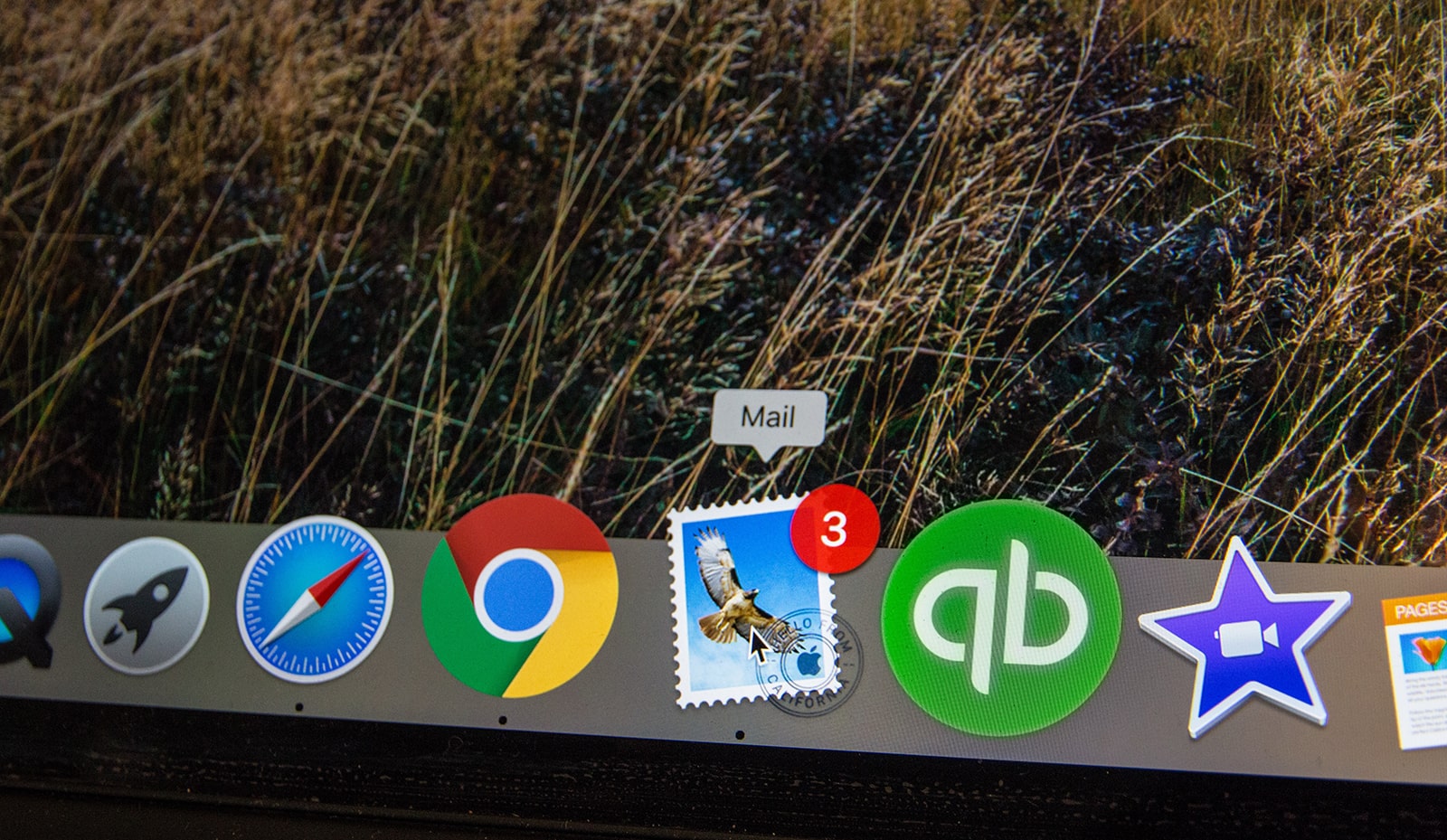How do you keep your organization’s employees engaged in the happenings and goals of the business? Chances are that you have more ways than one, and your answer likely includes internal newsletters as a key player. We’ve compiled these internal newsletter best practices in the hopes of streamlining your internal newsletter process, from creation to execution.
Read on to find out how you can create, send, and monitor internal newsletters easily and more successfully using a web-based platform, without the need for graphic designers, audience development specialists, or IT professionals.
An internal newsletter is an email that is sent out from the company (usually from the HR team, marketing team, or designated internal communications team) to employees. The goal of an internal newsletter is to keep employees abreast of company updates and in the loop of whatever may be happening around them.
The best business newsletters know how to balance design with content, and functionality with fun. Employee newsletters are sent based on need, so their content varies depending on what message you need to get across to your team.
Some examples of employee newsletter ideas include:
Internal newsletters are informational at the core, but their benefits are far-reaching beyond the actual opening of an email. Newsletters can be a huge source of boosting company morale and promoting a transparent, collaborative, and engaging work environment. That is to say that this is the case when internal newsletter best practices are upheld.
When employees are in the loop, they feel valued, which helps them perform at their highest levels. You can also use internal newsletters to help employees feel heard and drive engagement by incorporating surveys and opportunities for employees to provide their feedback. This way, they play a role in shaping the organization’s decisions and feel valued at the same time.
Many business professionals learn how to draft emails to colleagues and customers quickly as it becomes second nature. While internal newsletters take a little more time to develop in terms of content creation, they can also be seamlessly executed with the aid of an email template builder.
By using a web-based email builder like Publicate, all you need to know is the message you wish to convey, and then, you can use the easy drag-and-drop functionality to populate templates (that you can also easily design using your company’s existing branding). Publicate is an email/internal comms builder that offers a library of templates and an easy-to-use interface to create, edit, and export your newsletters. This way, you don’t have to even think twice about email best practices because they are already built in when you use Publicate’s templates.
Before you get started, take a moment to review these recommendations so that you can develop the best email newsletters in no time.

Internal company newsletters are a great way to get in front of all of your employees in a single swoop, but they can’t be the only tactic you use. They should be one tool in your toolbox, along with social media platforms, messaging platforms like Slack, in-person communication, and meetings, to name a few.
Anything that’s boring is going to cause drop-off. This includes newsletters. So, you’ll want to keep it simple, concise, and fun by injecting personality, capping the word count (recommendation: 2 minutes to read, so about 200 words or 20 lines of text), including visuals or videos, and removing complex words that are too hard to swallow.
Chances are you have more than one message you wish to send at any given time. But, your employees already have a lot on their plate. That’s why it’s valuable to distill the message and organize the content in terms of priority.
Open up the street for communication by using an internal newsletter as an invitation for a response. This can be done by incorporating surveys or other interactive elements, like quizzes and links to resources. Publicate’s templates make it easy to add any URL, image, or video content you wish, with the simple click of a button to copy/paste it right into the content block.
When you have to share serious company updates, balance the newsletter with some fun updates, too. You can kick off with the company update (i.e. financial reports) and then close out with a funny .gif or a staff profile to end on a high note.
Ask anyone and they’ll tell you that they prefer pretty things over ugly things. An internal newsletter is no exception. You’ll want to use your company’s branding to send out newsletters so that it’s immediately recognizable as such.
You can upload your company’s branding elements into an email template tool like Publicate so that every newsletter is automatically branded (that’s right, you don’t need a designer to input HEX codes for your color palette).
Timing is everything. If you are using your internal newsletter to celebrate a company win, don’t send it months later. Your content should be contextually relevant to what’s currently happening within your business and industry.
Using an email builder like Publicate removes the need to wait on designers and lengthy workflows before you are able to send out an email. You can just drop in the content into a pre-loaded template to send beautifully designed newsletters on the fly.
Write in a tone that is aligned with whatever content you are sharing. For example, if you’re sharing a new hire announcement, the tone should be celebratory. On the other hand, if you are sharing bad news, you wouldn’t want to inject too much humor.
Which message gets you more excited to open the email: “Launching a New Product” or “It’s the Moment You’ve Been Waiting For” If you’re like us, then the second subject line caught your attention and provoked interest. This is what you want your subject lines to do so that the email gets opened (not sent to trash).
You should care as much about your employees’ desires as you do your customers’. So, find out what kind of content they want to be receiving by conducting surveys and asking for feedback. This is a surefire way to boost internal newsletter engagement and excitement.
An internal newsletter is a way to build trust within an organization and demonstrate open lines of communication. Keep your newsletter honest with honest content.
Emotional experiences are more memorable. We aren’t saying that you should cue the waterworks, but you should include content that evokes emotional responses (in a productive way). For example, you can share customer success stories, which will showcase to employees how valuable their work is in creating a difference for people.
You can use an internal newsletter to share thought leadership from people at the top of the organization. These pieces of content should be geared at educating and inspiring your team members.
Did you get the memo about TLDR (too long didn’t read)? No one really has time to sit for more than 20 minutes to digest the contents of an email. Use catchy headlines and short snippets of content to develop bite-sized bits of information.
Your organization exists because your employees show up and do the work. Honor them by including employee and team success in your newsletter. You can also include employee-generated content.
Leadership is often focused on the big picture and will rarely have time to communicate directly with employees. That’s the truth without internal newsletters. With internal newsletters, leadership can get in front of the face of every employee to share their desires, videos, or inspiring messages.
A little fun never hurt anyone. In fact, when it comes to the best business newsletters, fun is a recurring theme. Include humor, quizzes, images, and interactive content so that your employees look forward to receiving these newsletters.
90% of information that the human brain receives is visual. Video content is processed faster than text and can be more engaging than words on the screen. You can easily add a video into your newsletter when you use Publicate’s email builder by clicking on the video icon and pasting the link to the video. It’s as simple as pressing play.
By sharing industry news within your newsletter, you provide employees with a reason to always open the email. The industry news can spark new creative ideas to beat out your business’ competitors.
Naturally, not every message you need to send will need to go to every person within your organization. Your internal newsletters should be addressed to relevant audiences. To accomplish this, practice segmenting your audience.
This means that only the people who need to see the content will receive the internal newsletter. For example, people who work in the finance team may need to read very different information to those who work in the Marketing department.
If you’re already using an email service, check if it has the option to segment your audience (most do). You can integrate Publicate’s web-based email builder with most email services so that you can still easily build your emails on Publicate then export to use on any platform without any coders and keep the beautiful designs.
If you’re looking to mix and match content to execute internal newsletter best practices, consider incorporating:
Take a look at Publicate’s newsletter template library to find these options. They’re pre-built with all these best practices and ideas already incorporated.

With these internal newsletter best practices, you can accomplish a lot within your organization, beyond the words and design on the screen. You will be able to boost employee engagement, keep your team aligned with business goals, and maintain momentum.
An internal comms tool like Publicate already boasts many of these best practices, so that you can maximize your chance of success when you are sending out email newsletters. Using Publicate, you can distribute more relevant, focused, and useful content while boosting the chance of it actually being read. You no longer have to wait for designers and coders, either!
With a newsletter tool like Publicate, it simplifies the internal newsletter creation process with an easy-to-use interface, seamless integrations, and analytics that help you monitor your newsletters’ success.